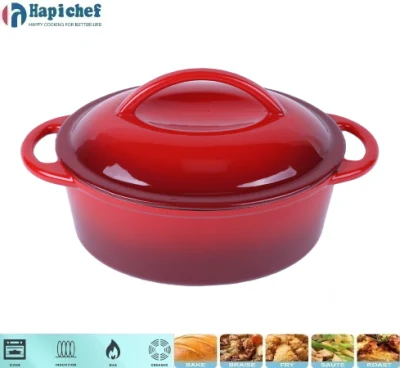fry pan
The humble fry pan, often overlooked, is an indispensable tool in the culinary world, especially for home chefs who value both performance and longevity. Having spent over two decades experimenting with a wide array of fry pans, from non-stick varieties to those made from stainless steel, cast iron, and copper, I can assert that choosing the right fry pan is a marriage of science and art, supported by experience and expertise that can transform cooking from a mundane task into an exhilarating pursuit.

When selecting a fry pan, the first attribute to consider is the material. Each material offers distinct advantages that cater to different cooking techniques. Cast iron, for instance, is lauded for its superior heat retention and even distribution, making it a favorite for tasks like searing and frying. Although heavy, a well-cared-for cast iron pan can become a family heirloom. On the other hand, stainless steel is celebrated for its resilience and non-reactive nature, which is essential when cooking acidic ingredients. Furthermore, stainless steel fry pans can transition seamlessly from stovetop to oven, expanding their versatility.
Non-stick fry pans, though sometimes criticized for their durability, offer undeniable convenience when cooking delicate foods like eggs or fish. They require minimal oil, aligning with healthier cooking practices. Recent advancements in manufacturing have produced non-stick coatings that are both PFOA-free and oven-safe, broadening their usability. However, for longevity, it is crucial to pair these pans with silicone or wooden cooking utensils.

The pan's weight and balance also play a critical role. In my experience, a well-balanced pan enhances control and reduces wrist strain, crucial for those extended cooking sessions. A pan that feels good in your hand becomes an extension of yourself, enabling intricate maneuvers such as flipping or sautéing with ease.
fry pan
Handles, often an afterthought for many consumers, merit careful attention. Riveted handles ensure longevity and stability but can complicate the cleaning process. Conversely, welded handles, while aesthetically pleasing and easier to clean, may not offer the same durability under intense use. Some modern designs feature ergonomic handles engineered to remain cool even on high heat, further supporting safe cooking practices.
From a maintenance perspective, the metal utensils' selection, regular seasoning of cast iron pans, and avoiding high heat on non-stick surfaces are practices that extend the life span of a fry pan. Proper storage, such as hanging pans to avoid stacking, prevents scratching and maintains their cooking surface integrity.
In conclusion, a fry pan that matches your cooking style is an investment that pays dividends in the kitchen. It empowers cooks to hone their culinary skills, offering both reliability and delightful cooking experiences. While no singular fry pan will suit all needs, understanding the nuances of each type ensures informed choices that enhance both cooking performance and enjoyment. With the right care and knowledge, a good fry pan is not just a purchase; it's a key partner in the culinary journey, underscoring the importance of expertise and trustworthiness in selection.
-
Why Every Kitchen Needs a Casserole Cast Iron DishNewsJun.24,2025
-
Experience the Tradition and Quality of Cast Iron CookwareNewsJun.24,2025
-
Double Sided Cast Iron Grill PanNewsJun.24,2025
-
Cast Iron Dutch Ovens You’ll Actually UseNewsJun.24,2025
-
Buy Cast Iron Griddle for Everyday CookingNewsJun.24,2025
-
Barbecue Iron Grill Cooking PowerNewsJun.24,2025
-
Standard Product Lines from Cast Iron Cookware SuppliersNewsJun.11,2025
